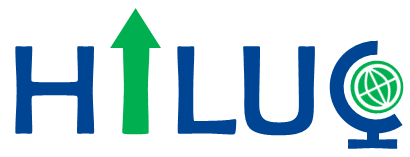
High ILUC-risk fuels review
The objective of this project is to quantify feedstock expansion onto land with high carbon stock, as input for the determination of high ILUC fuels. The project started in January 2020 and runs to the end of 2022 (divided into two 18-month phases).
In this project we review key aspects of the Commission's report on feedstock expansion which include:
- Feedstock expansion shares in high carbon stock land
- GHG emissions related to feedstock expansion
- Energy yield data
The project consists of several tasks, such as a global mapping of feedstock expansion into high carbon stock land, detailed regional mapping in main areas of feedstock expansion, assessment of energy yields and GHG emissions. In the global mapping, we will use crop expansion maps for the main biofuel feedstock (e.g. maize, palm oil, rapeseed, sunflower seed, soybean, sugar beet, sugar cane and wheat) and combine these with maps on high carbon land loss (e.g. deforestation maps and information on peatland conversion) to come to global GIS based maps presenting feedstock expansion in high carbon areas. In the regional mapping we will perform a similar exercise using detailed satellite imagery, focussing on those regions where there is considerable cropland expansion or high carbon land loss. The information will come together in an updated global map, using all data collected throughout the project, which will determine recent values for feedstock expansion shares into high carbon stock land for each crop.

Throughout the project we collect input from and consult stakeholders, with a public consultation on draft outcomes. More details on stakeholder consultation, as well as intermediate results and updates on progress will be published on this website.
For any comments, questions, or inquiries, please contact our consortium at .




